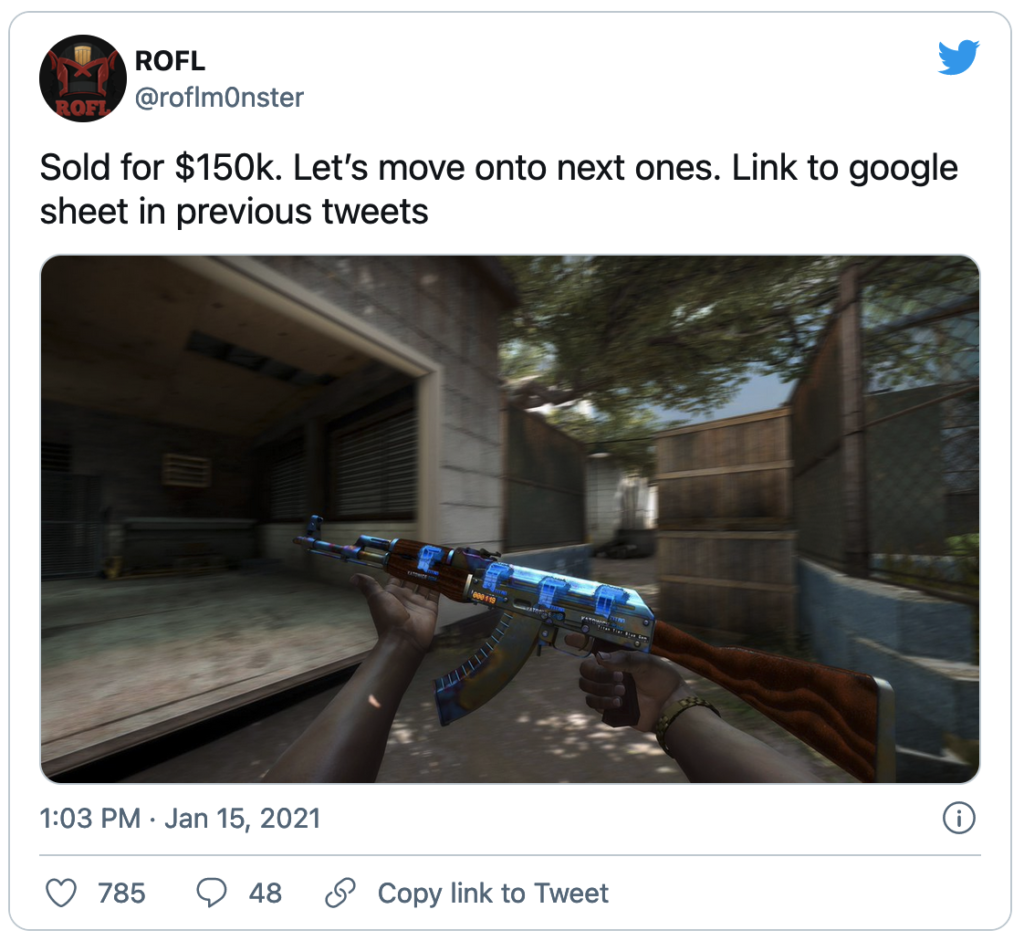How does an NFT actually work?
So now that we know what an NFT actually is let’s dive deeper and explain how it actually works.
Cryptocurrencies are built on numerous blockchain platforms, Etherium being one of them. Most tokens built on the Etherium blockchain utilize the ERC-20 protocol which refers to a set of technical standards that dictate a set of rules that an Etherium smart contract must follow for proper implementation. These sets of rules also enable all ERC-20 tokens to interact seamlessly with one another. ERC-20 tokens are native to the Etherium blockchain whereby a user transacts with the smart contract by spending gas to cover transaction fees.
Examples of ERC-20 tokens are: Maker (MKR), Basic Attention Token (BAT), Augur (REP), and OmiseGO (OMG), Chainline (LINK), UniSwap (UNI) and about 1000 others.
Being that ERC-20 tokens are fungilble and divisible the astute reader will realize that a new non-fungible token standard would need to be created and so ERC-721 was born. Ethereum may have been the first blockchain platform with NFT capabilities, it wasn’t however specifically built for them. Flow and Tezos are two platforms that were designed from the ground up with NFT’s in mind and as NFT’s grow, and their use cases expand, we will see new standards being designed that cater to the individual uniqueness of each specific NFT asset class. For example an NFT protocol for land will require different data (ie. transfer rights) than say a ticket to a concert.
We can see that NFT is a broad category that covers many different use cases, with the commonality being digital proof-of-ownership stored on a blockchain.
- Physical property — houses, unique artwork
- Virtual collectables — unique pictures of kittens (CryptoKitties), digital collectables (NBA Top Shot), digital collections of art
- “Negative value” assets — loans, insurance, mortgages and other responsibilities
The ERC-721 standard is still the most widely used but further iterations, namely ERC-998, ERC-1155, ERC-1190, Flow’s NFT standard, and Tezos’ FA2 standard are all offering a wider range of token types (fungible and non-fungible) and a more robust offering to reflect more creative and nuanced use of this fascinating new arena.
Gaming and NFTs
Part of the allure of gaming has always been about unlocking special features, or gaining access a new weapon or skin. Users no longer have to hold these digital assets within the game, instead users can hold them in wallets alongside their cryptocurrency and do as they please with them. Users can earn, trade or purchase assets similar in the way they would trade Pokemon, or hockey cards back in the day. And similarly when a user stumbles upon a unique and rare fan favorite the price it can garner in the aftermarket can be substantial.

Case in point where a digital skin of an AK47 for the game Counterstrike:GO sold for $150,000 USD. NFT’s like this AK47 skin have financial value due to the fact that they are digitally scarce and thus in higher demand.
NFT’s are bought, sold and stored like any other token, asset or investment – but in this case the ownership is recorded and authenticated on the blockchain. A non-fungible token can pretty much be anything really – a concert ticket, plane ticket, title to your house, ownership papers to your car…yes, even insurance contracts, mortgages and other financial contracts. Welcome to the future.
Open your mind with the power of NFTs.
Why do people buy NFTs?
How do NFTs actually work?
Are there different types of NFTs?
Where do I buy NFTs? Are they a good investment?
Can I sell my NFT in the future?
Can’t someone just ‘right-click and copy’ an NFT?
